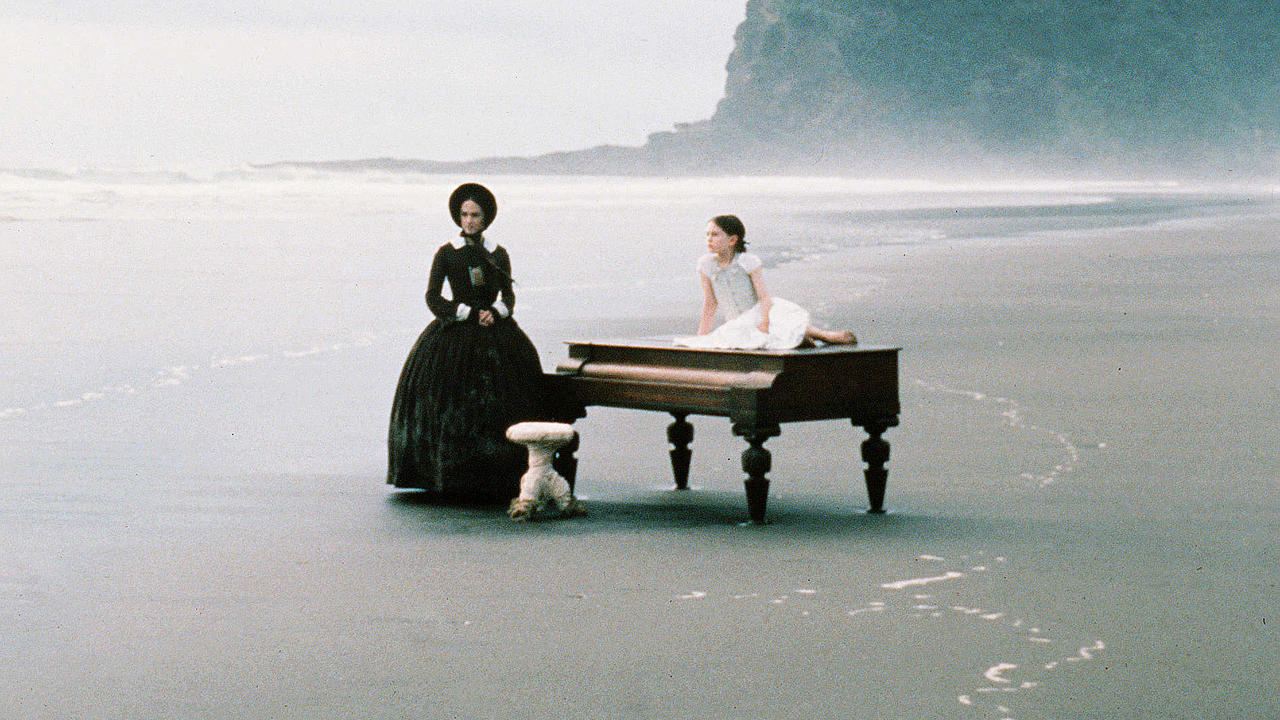
In the early 1990s, the British Film Institute launched the Century of Cinema Series in attempt to explore the various examples of national cinemas around the world. Cinema of Unease, written and directed by Kiwi actor Sam Neil, was New Zealand’s contribution to this project.
Although his attitudes towards this topic have gradually changed, Sam Neil concluded in his documentary that New Zealand films are predominately dark and brooding.
This particular filmmaking era emerged during the mid-1970s with the rise of the New Wave in film. Here such themes which defined the way New Zealand audiences viewed themselves on screen, placed enormous creative pressure on local filmmakers. Since then, the national cinema of New Zealand has experienced a series of unstable phases.
Over the years, one of the greatest obstacles that New Zealand filmmakers had to overcome was the inherent ‘tall poppy syndrome’ of the Kiwi culture. Local audiences were unimpressed with the talents and creativity of their nation’s artists, thus very few Kiwis would sit and watch New Zealand made productions.
National pride in the country’s film industry has only recently blossomed. Below is a list of the ten best examples of New Zealand’s national cinema. It is important to note that despite playing a pivotal role in establishing an influential film industry in New Zealand, Peter Jackson’s The Lord of the Rings and The Hobbit series have not been included in this write up. Instead, the films chosen for the list are those that showcase key characteristics of the nation’s culture.
10. Goodbye Pork Pie (Geoff Murphy, 1981)
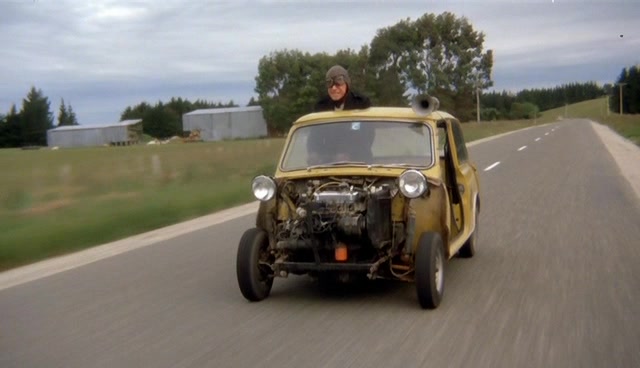
Considered to be New Zealand’s coming-of-age film, Geoff Murphy’s Goodbye Pork Pie was the country’s first local production to become a smash hit. The film helped prove that New Zealanders were highly capable of creating both financially and commercially successful movies about New Zealand, and it now holds a special cult status for many Kiwi audiences.
It is a unique twist on the classic road movie genre where two men – John and Gerry – travel the length of New Zealand in a yellow mini, from the north of Auckland to just south of Invercargill. Through minor mishaps such as running a red light or forgetting to pay for gas, the duo steadily become wanted criminals by local law enforcement.
New Zealand’s key urban areas are all separated by miles of rural landscape, thus the open road is an important feature that units the population. Murphy uses the open road not only as a story device, but to also illustrate the characteristics of the nation itself – an imperfect but charming clusters of townships and people who must carry on in an isolated setting.
The film’s production may have been fairly small in scale, with only 24 cast and crew participating over 6 weeks in 1979. However, it has a left a rather large mark on New Zealand’s national cinema.
9. Out of the Blue (Robert Sarkies, 2006)
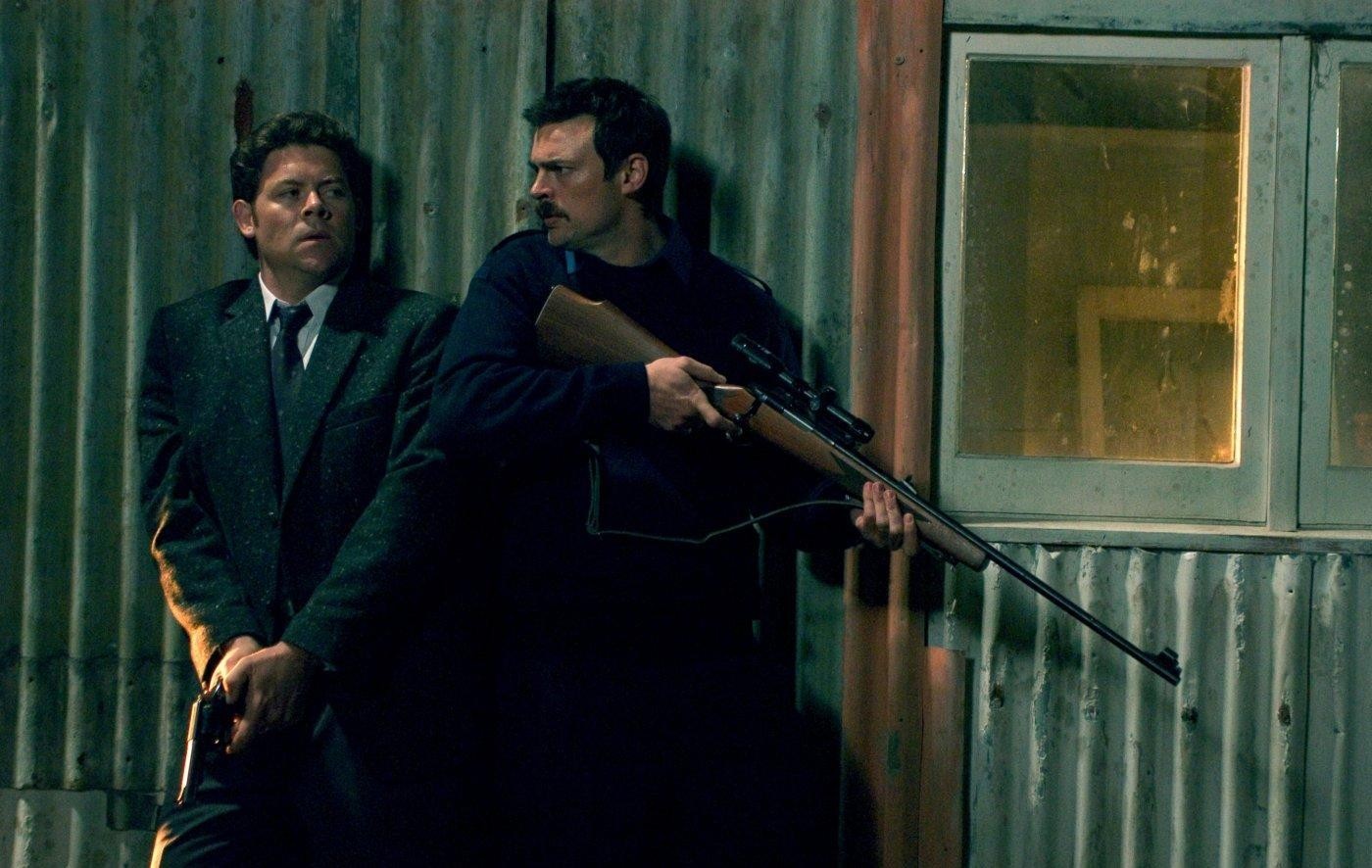
For a small peaceful country like New Zealand, large killing sprees are uncommon. It is no surprise then that the entire nation came to a standstill and watched in horror as crazed gunman David Gray opened fire on the small seaside community of Aramoana, killing 13 innocent residents. The massacre of 1990 still remains the deadliest criminal shooting in New Zealand’s history.
Robert Sarkies makes audiences relive the terror and tragedy in his 2006 film Out of the Blue. The filmmaker captures the violence in a realistic but restrained manner. The majority of the murders appear off-screen, with Sarkies choosing instead to focus on the confusion and dread of the local residents as they struggle to elude their unseen assailant.
The film did face strong opposition from the Aramoana township during pre-production, forcing the cast and crew to film outside the region. However, the film received praise from local audience members upon release. Both Matthew Sunderland and Karl Urban give outstanding performances as David Gray and Constable Nick Harvey respectively.
8. The Quiet Earth (Geoff Murphy, 1985)
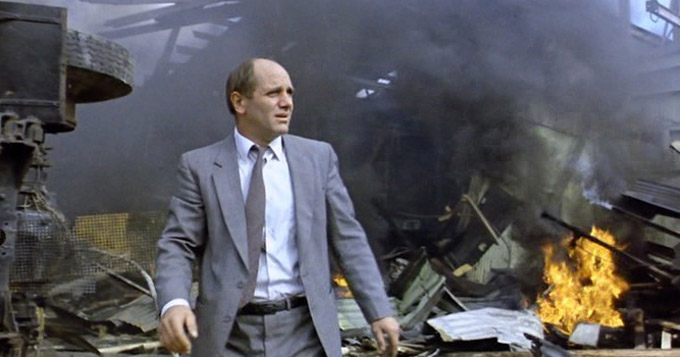
If you take Peter Jackson’s body of work out of the mix, New Zealand filmmakers are generally quite conservative when it comes to genre. Attempts to break away from the status quo and create bold cinematic pieces often fall short of the director’s original intentions. Geoff Murphy’s The Quiet Earth is one of the nation’s few forays into the science fiction genre.
Although the film doesn’t quite encapsulate the qualities audiences have come to love about sci-fi movies, it does incorporate a distinctive representation of the Kiwi bloke: the ‘man alone’ theory. Basically this refers to that which separates New Zealand men from other social groups.
A larger number of Kiwi men, to certain degrees, adhere to a sense of morality, even if it is simply a personal code to abide by in life. However, various individuals socially detach themselves from the rest of the community, representing a select group of men who are emotionally detached, lack sexual intimacy and find themselves driven by circumstance, approaching it in their own manner.
Murphy’s film is set in a post-apocalyptic New Zealand, and spends time establishing the isolation of the protagonist Zac Hobson – portrayed by Kiwi legend Bruno Lawrence.
The director draws upon distinctive features of the ‘man alone’ to flesh out Zac’s mannerisms and survival methods. Although Zac eventually makes contact with fellow survivors – even engaging in sexual intercourse with one of them – his inability to look beyond his own self-preservation keeps him at an emotional distance from others.
7. Once Were Warriors (Lee Tamahori, 1994)
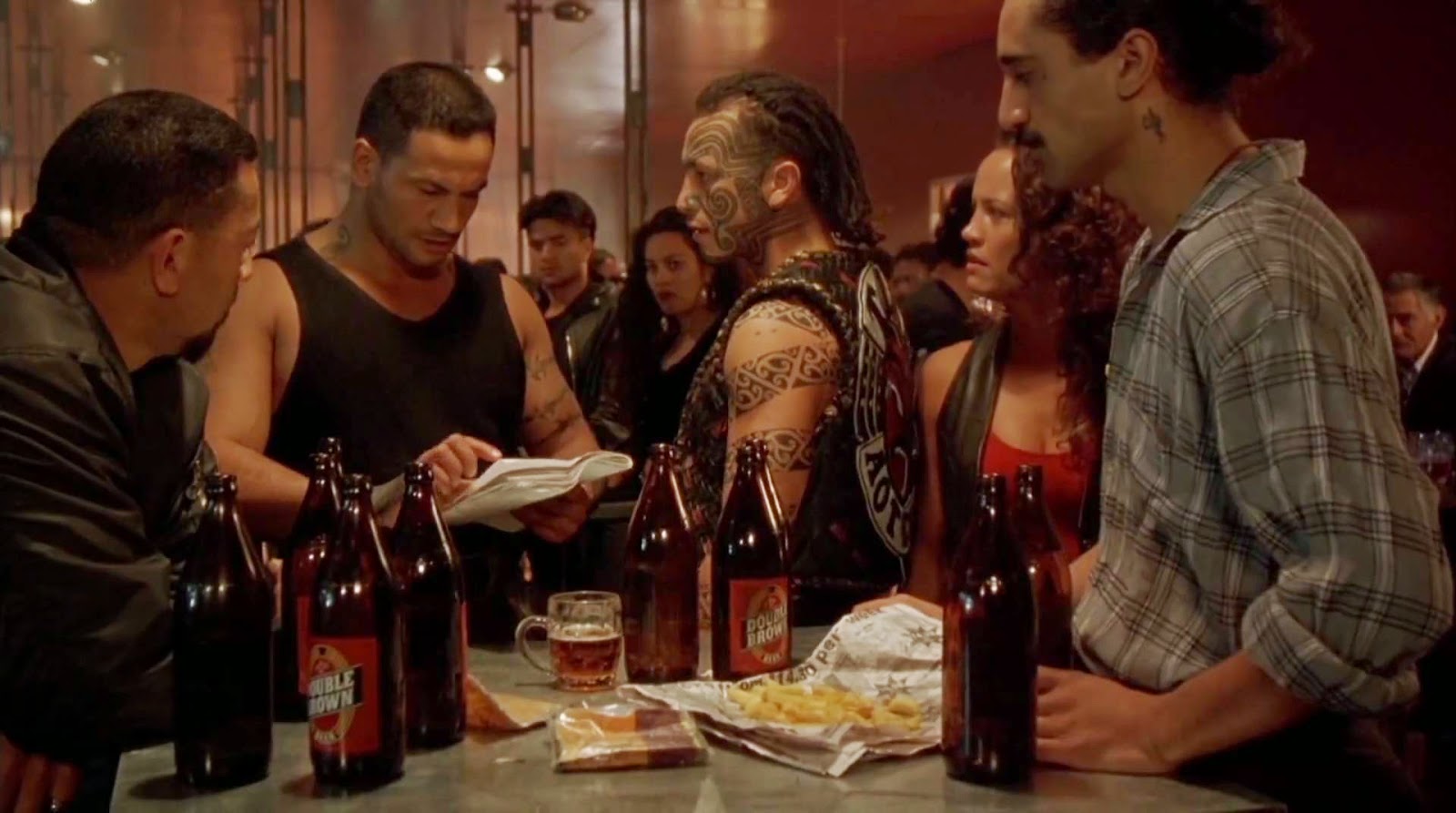
Every country has its virtues and its flaws, and New Zealand is no exception. The nation has had a rather disturbing past when it comes to the issue of domestic violence. In 2011 a United Nations report found New Zealand to have a high domestic violence and maternal mortality rate compared to other OECD countries.
Lee Tamahori’s 1994 film Once Were Warriors, based on Alan Duff’s controversial novel, depicts the heart-breaking atrocities behind this issue. Set in a rough South Auckland suburb, the film focuses on the challenges faced by a contemporary Maori family – mostly brought on by their unstable patriarch, Jake “The Muss” Heke.
Both the film’s narrative and visual technique creatively provide solid images of the disintegration within the Heke family, caused by Jake’s violent outbursts and his wife’s submission to the physical abuse she endlessly receives.
By frequent use of hand held camera shots, Tamahori sets out to capture the trauma; zooming in on each fist movement. Here the director is able to break the barrier between the story’s chaotic atmosphere and reality so audiences not only witness the violence but experience it as well.
6. Whale Rider (Niki Caro, 2002)
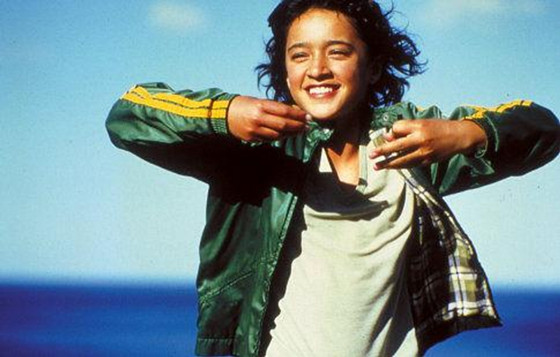
The traditions and heritage of New Zealand’s indigenous people, the Maori, play an important role in the nation’s culture. One of the central themes of Maori tradition is the unity and importance of the whanau (family).
This theme is explored in Niki Caro’s Whale Rider. Based on Witi Ihimaera’s renowned tale of how Maori religion is intertwined within the dynamics of a contemporary family, the film focuses on the upbringing of a young Maori girl named Pai (played by Keisha Castle-Hughes in her debut performance).
Pai must overcome oppression in order to achieve the respect and love of her proud but stubborn grandfather, Koro; a Maori descendant of the mythical Paikea, who struggles to accept that the leadership of his hapu (tribe) must soon pass into the hands of a female.
The director relies heavily upon symbolism throughout the film to successfully render both the beauty and imperfection of the Maori tradition in a modern society. Caro achieves this through the effective use of a character-driven plot, comparing Pai’s story and the situation with her family to the beaching of a small pod of whales.
It is this supernatural identification with the whales, culminating in the protagonist’s re-enactment of the mythical journey her ancestor once took across the ocean on whaleback, that affirms her rightful place in both her tribe and her grandfather’s heart.